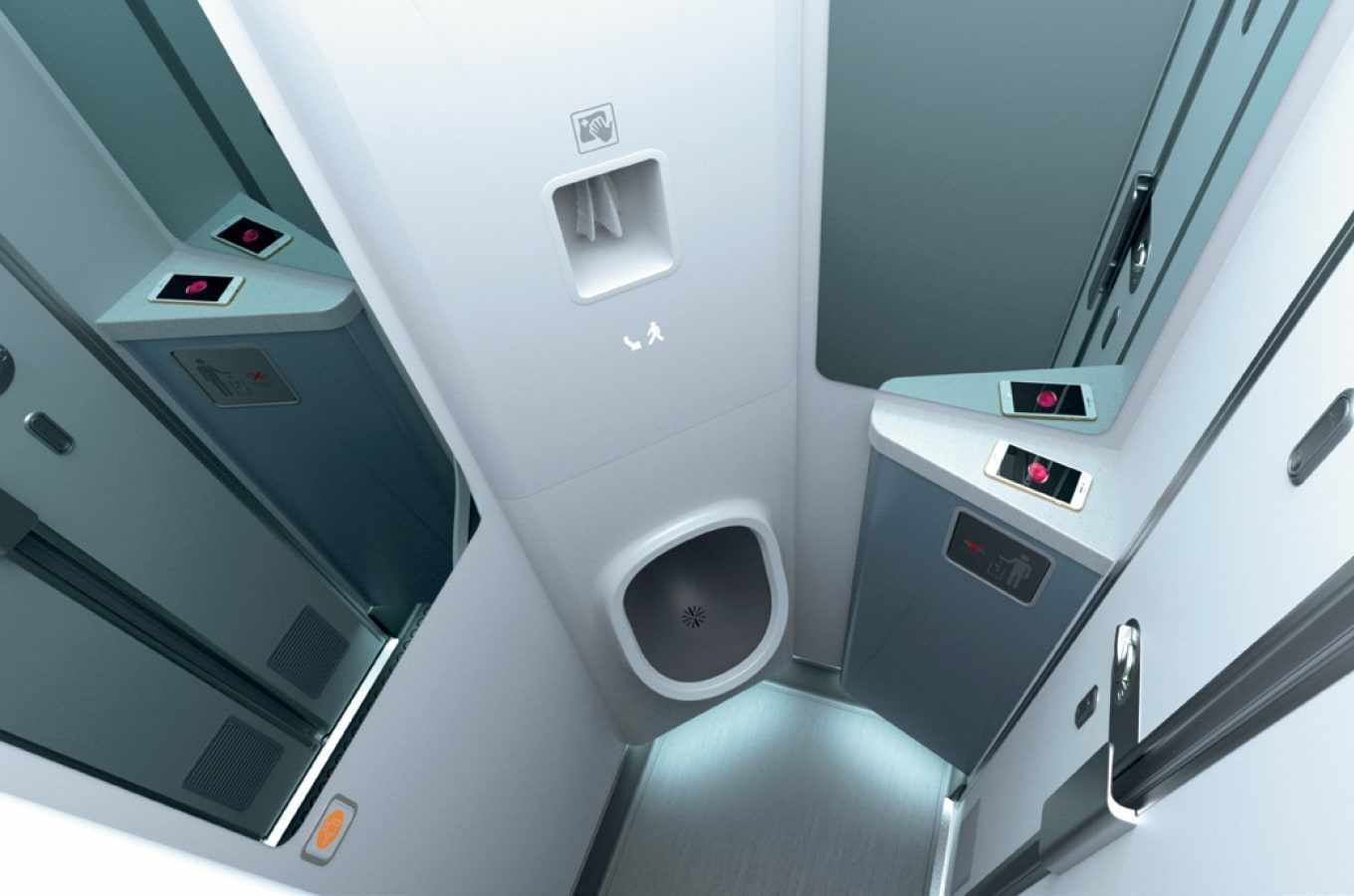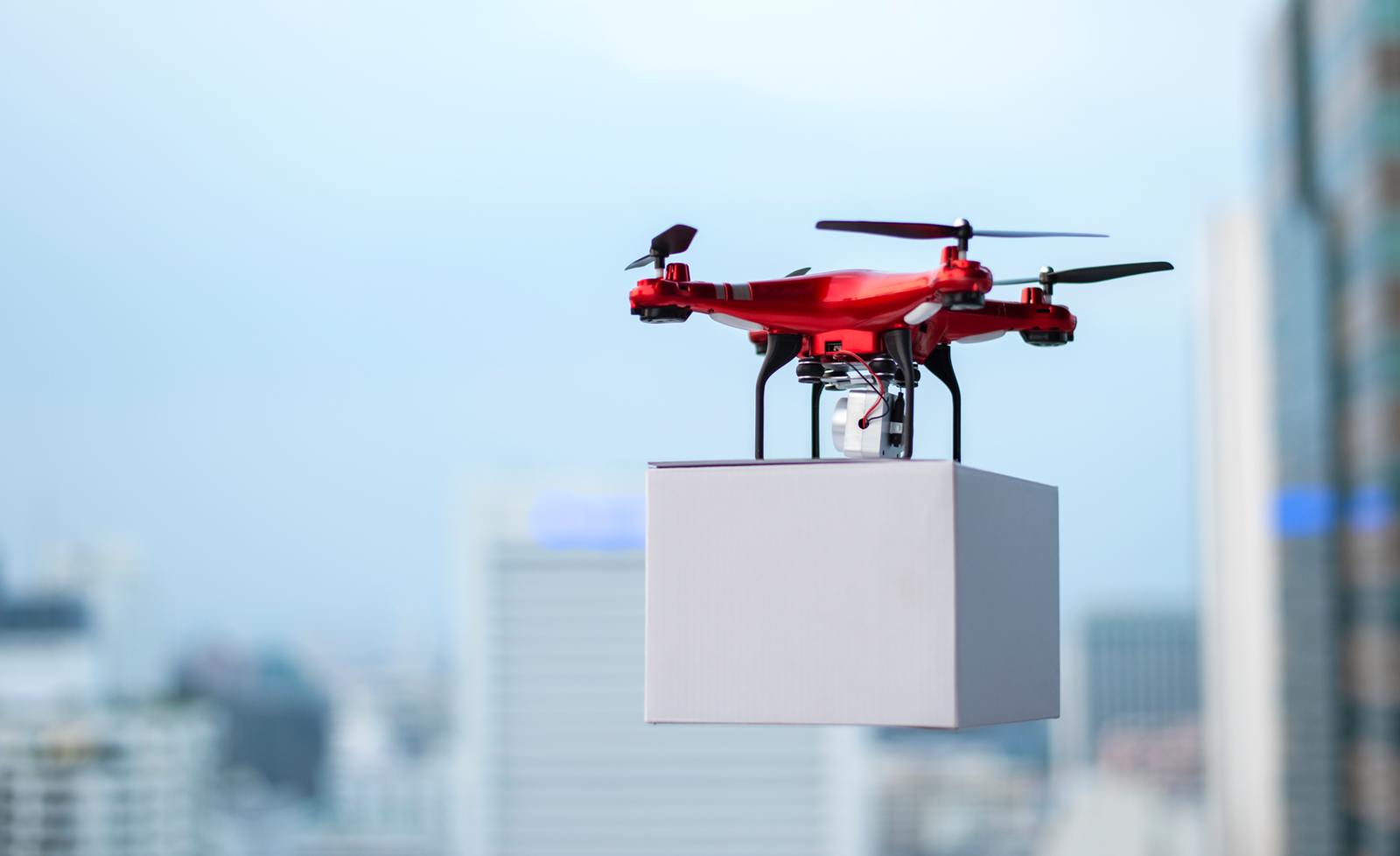
The global biometric payment card market is projected to witness a CAGR of 28.23% during the forecast period 2025–2032, growing from USD 411.23 million in 2024 to USD 3,006.09 million in 2032. A biometric payment card is a payment card (debit or credit) with an authentication method that uses biometric authentication techniques for verification through a cardholder’s fingerprints or face to complete a transaction. The biometric payment card intends to provide improved security and convenient access to the user by using an additional method of identity authentication instead of using the traditional signature or PIN. Biometric payment cards are used increasingly in more areas, such as financial services, government services, and company security, to decrease fraud and improve the accessibility of the user experience. Growing progress in biometric authentication methods, along with an increase in data breaches and identity theft instances, has helped drive growth in the overall biometric payment card market.
The biometric payment card sector is expected to grow as consumer preference continues to shift towards contactless solutions that provide speed and convenience. This trend is expected to create strong growth opportunities in the area. On the other hand, it is expected that growth expectations in the market may be limited by an increase in price for biometric payment cards and increased apprehension by businesses in relation to security and privacy. On the positive side of the equation, the availability of new information and communication technology, along with the accelerated growth of the e-commerce sector, is expected to drive good opportunities for the biometric payment card market throughout the forecast period.
For instance, in April 2025, IDEMIA Public Security (IDEMIA Groupd) demonstrated IATA’s Contactless Travel Directory at the 2025 Passenger Terminal Expo, which was designed to make it easy for airlines to access biometric services. As a leading biometric and identity management provider, IDEMIA Public Security will demonstrate the use of this directory at the upcoming Passenger Terminal Expo (PTE), taking place in Madrid from April 8–10, 2025, where delegated to enroll during check in for fictitious flights, then pass through the biometric touchpoints at IDEMIA’s booth (#9625), as one would in a real airport.
Click Here: https://www.marketsandata.com/industry-reports/biometric-payment-card-market
Rise in Adoption of Contactless Payment Methods Drives Biometric Payment Card Market Demand
The biometric payment card market demand is being propelled by increasing consumer acceptance of contactless payment options. This is further supported by the growth of mobile wallet adoption, the increased consumer demand for convenience in transactions, and promotional campaigns. Technology advancements, including the use of EMV chips, tokenization, and biometric authentication methods such as fingerprint and facial recognition, have helped provide consumers with increased security for contactless transactions, leading to enhanced trust amongst consumers and increased adoption. The COVID-19 pandemic arguably was the catalyst for consumers embracing contactless payments, and consumers’ concerns about touching surfaces and handling cash only added to that.
For example, in December 2024, Thales Group supported the success of Vipps, Norway’s leading mobile wallet, which has enabled over one million users for mobile contactless payments since December 2024.
Additionally, the UK government plans to extend the scope of digital payment technologies regulations to capture those BNPL firms that aren’t under the rules yet, and the FCA is warning BNPL companies about misleading advertising for their innovative payment solutions.
Technological Advancements and Industry Partnerships Surged Market Growth
Biometric payment cards combine fingerprint sensors, contactless technology, AI fraud detection, tokenization, and battery-free designs to offer faster, more secure, and convenient payments. Leading tech firms are partnering with Visa, Mastercard, and banks to develop and launch these cards globally. Through innovation and large-scale pilots, they are driving widespread adoption and transforming everyday payment experiences.
For example, in May 2024, Visa Inc. developed a new biometric authentication payment card product to revolutionize payment cards and address the future needs of merchants, customers, businesses, and financial institutions.
Also, the way people pay and get paid has changed more in the past five years than in the last 50. Consumers have evolved, adapting to new payment experiences — from the advent of embedded, digital commerce to the rapid adoption of “the tap.” Also, at the annual Visa Payments Forum in San Francisco, Visa unveiled new products and services that revolutionize the card and address the future needs of businesses, merchants and consumers and the financial institutions that serve them.
Fingerprint Cards Dominated the Global Biometric Payment Card Market Share
Fingerprint cards lead the global biometric payment card market, holding the largest share. Their advanced fingerprint sensor technology enables secure, contactless transactions, driving adoption by major card issuers. With increasing demand for secure payment solutions, the company continues to dominate, partnering with financial institutions worldwide to integrate biometric authentication into next-gen payment cards.
In March 2024, Fingerprint Cards AB (Fingerprints) unveiled the launch of a next-generation Thales Group Gemalto biometric payment card, representing the eleventh global commercial deployment of biometric payment cards by Fingerprints and Thales. The new Thales solution integrates Fingerprints’ advanced T-Shape sensor (T2) and proprietary biometric payment software, delivering superior transaction speed, increased power efficiency, and heightened security for end users.
The government’s strategic investment in research and development has considerably enhanced the biometric payment card market. They have improved GPU performance, energy efficiency, and cost-effectiveness by financing new semiconductor technology and encouraging innovation. Furthermore, tax breaks and collaborations with prominent manufacturers have increased domestic output, lowering reliance on imports. These actions have increased the availability and affordability of high-performance biometric payment cards and established specific countries as vital players in the biometric payment card market, promoting economic growth and technical innovation.
For example, in August 2024 at the Global Fintech Festival (GFF), PayU introduced an Industry-First Biometric Authentication Solution for Card Payments. In partnership with South Indian Bank, a long-standing collaborator of Wibmo. In addition to enabling biometric authentication for online card payments on merchant apps, South Indian Bank also offers customers the ability to authenticate transactions on the Bank’s app using the innovative Swipe-to-Pay feature.
North America Region Dominates the Global Biometric Payment Card Market
The biometric payment card market was dominated by North America and is expected to retain its position during the forecast period. This leadership is attributed to the region’s high adoption and utilization of contactless payment cards, as well as the presence of numerous industry players driving innovation and market expansion. The growth is fueled by rising demand for enhanced payment security and a notable shift in consumer preference toward contactless payment methods, both of which are expected to serve as key growth catalysts for the North America biometric payment card market.
For instance, in August 2024, IDEX Biometrics reached an important milestone for IDEX Pay by successfully passing Visa’s certification using Visa’s latest VBSS(*) biometric payment application. The IDEX Pay biometric solution includes the IDEX Biometrics proprietary card operating system and the latest technology fingerprint sensor with Infineon’s high-performing SLC38 secure element.
Report Scope
“Global Biometric Payment Card Market Assessment, Opportunities and Forecast, 2018–2032F”, is a comprehensive report by Markets and Data, providing in-depth analysis and qualitative and quantitative assessment of the current state of global biometric payment card market, industry dynamics, and challenges. The report includes market size, segmental shares, growth trends, opportunities, and forecasts between 2025 and 2032. Additionally, the report profiles the leading players in the industry, mentioning their respective market share, business models, competitive intelligence, etc.
About Us:
Markets and Data provides a comprehensive/ panoramic understanding of markets at global, regional, and country levels. Examine changing consumer preferences, emerging challenges, underlying trends, and growth prospects to accelerate your business strategies.
Contact
Mr. Vivek Gupta
5741 Cleveland street,
Suite 120, VA beach, VA, USA 23462
Tel: +1 (757) 343–3258
Email: info@marketsandata.com
Website: https://www.marketsandata.com




















Write a comment ...